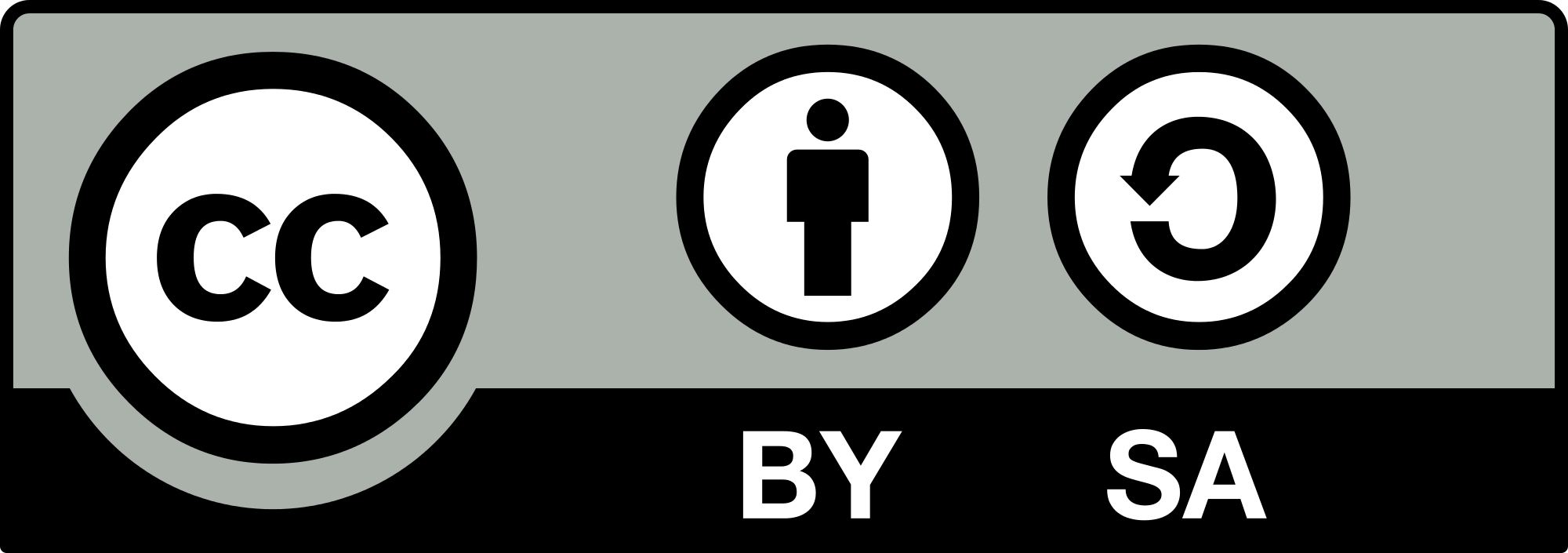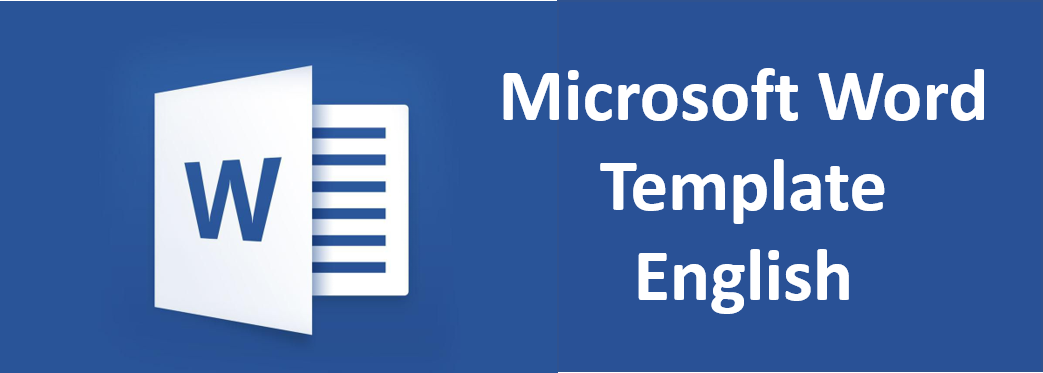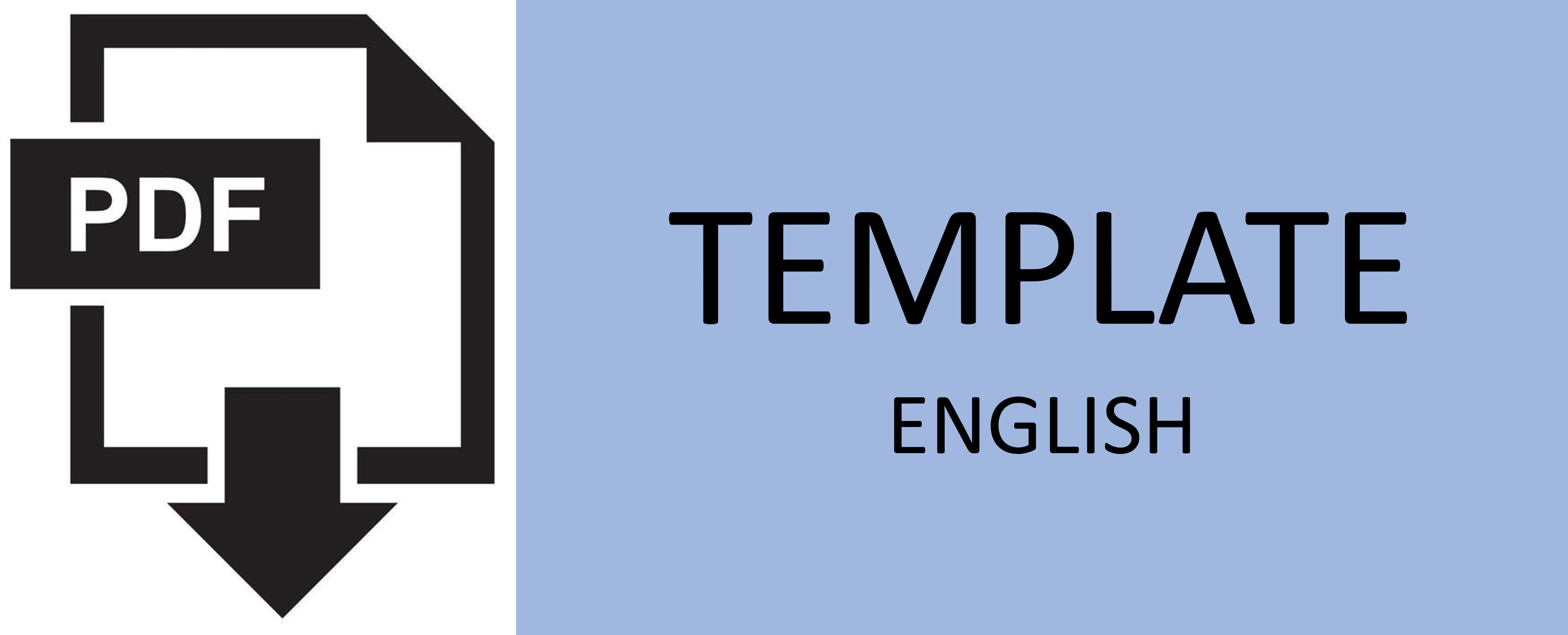Effect of the Increase in Vertical Web Member Stiffness on Lateral Buckling Strength of the Pony Steel Bridge
Abstract
In half-through bridge or pony steel bridge, that is a bridge without upper wind bracing, strength of the bridge is determined mainly by the lateral buckling strength of its upper chord. Buckling strength of this chord is provided by the flexural stiffness of vertical web member, cross beam, and diagonal beam. In order to improve the stiffness of vertical web member, triangular steel profile that was quite high was added to the inner side of bridge for reducing the clearance width in bridge and disturbing traffic or pedestrian. In this research, stiffness of the vertical web member was improved by using the non-prismatic cross section and adding the triangular stiffener as high as the concrete deck. Finite Element Analysis for the lateral stiffness of bridge cross section used a 3D element model which has been validated by previous study. This numerical study was conducted to validate the Engesser theory for determining the lateral elastic stiffness from upper chord. Study shows the result that accuracy of 3D element model is extremely high, compared with analytic method. Lateral elastic stiffness of bridge in general increased along with the stiffness of vertical web member. However, it can be concluded that effect on the capability of lateral buckling in upper chord was not too significant, as a consequence of the increase in stiffness of vertical web member. Critical lateral buckling occurred in an inelastic range, in which the critical inelastic buckling stress was determined using small tangent modulus as alternative of modulus of elasticity.
Keywords
Full Text:
PDFReferences
R. Malia, N. Fadhly and S. Sugiarto, “Traffic management of intersection with more than four road segments,” 4th Annual Applied Science and Engineering Conference (AASEC 2019), Journal of Physics: Conference Series vol. 1402, 2019, p. 022021.
R. D. Ziemian, “Guide to Stability Design Criteria for Metal Structures,” 6th Ed. John Wiley & Sons, New York, 2010.
E. Holt, “Buckling of a Pony Truss Bridge. Stability of Bridge Chords without Lateral Bracing,” Column Res. Council Rep. No. 2, 1952.
F. Bleich, “Buckling Strength of Metal Structures,” McGraw-Hill Book Company, Inc., New York, 1952.
S. P. Timoshenko and J. M. Gere, “Theory of Elastic Stability,” 2nd Ed. McGraw-Hill, New York, 1961.
M. R. Horne, “The Elastic Lateral Stability of Trusses,” The Structural Engineer, pp. 147-155, 1960.
D. Matthies, “Lateral Buckling Analysis of a Steel Pony Truss,” Theses, Ames IA Iowa State University of Science and Technology, 2012.
J. Jankowska-Sandberg and J. Kołodziej, “Experimental study of steel truss lateral–torsional buckling,” Engineering Structures, 46(46), pp. 165-172, 2013.
Q. J. Wen and Z. X. Yue, “Elastic buckling property of the upper chords in aluminum half-through truss bridges,” Structures, 27(27), pp. 1919-2929, 2020.
H. Sugihardjo and A. B. Habieb, “Innovation of Half-through Bridge Cross Section to Improve Lateral Stability and User Accessibility,” Institut Teknologi Sepuluh Nopember Indonesia, Research Grand No. 1952/PKS/ITS/2021(in Indonesian), 2021.
M. F. Rosyidi, H. Sugihardjo, B. Suswanto, and A. B. Habieb, “Comparison of Numerical and Analytical Method of Lateral Elastic Stiffness in Half-through Bridges Using FEM 3D,” Jurnal Aplikasi Teknik Sipil Vol. 20, No. 1, pp. 95-100 (in Indonesian), 2022.
T. V. Galambos and A. E. Surovek, “Structural Stability of Steel: Concepts and Applications for Structural Engineers,” John Wiley & Sons, Inc., New Jersey, 2008.
C. Salmon, J. Johnson, and F. Malhas, “Steel Structures Design and Behavior,” 5th Ed. Pearson Prentice Hall, New Jersey, 2009.
J. A. Yura, “The Effective Length of Columns in Unbraced Frames,” AISC Engineering Journal, April, pp. 37-42, 1971.
R. O. Disque, “Inelastic K-factor for Column Design,” Engineering Journal, American Institute of Steel Construction, Second Quarter, pp. 33-35, 1973.
American Institute of Steel Construction (AISC), “Steel Construction Manual,” American Institute of Steel Construction Inc., 2011.
SNI 1725, “Indonesian loading standards for bridges SNI 1725,” Department of Public Works and Housings, Indonesia (in Indonesian), 2016.
American Association of State Highway and Transportation Official (AASHTO), “AASHTO LRFD Bridge Design Specifications,” 8th Ed., Washington, D.C., 2017.
SNI 1729, ‘Specifications for structural steel buildings,” Department of Public Works and Housings, Indonesia (in Indonesian), 2020
DOI: http://dx.doi.org/10.12962%2Fj20861206.v40i1.22608
Refbacks
- There are currently no refbacks.

Journal of Civil Engineering is licensed under a Creative Commons Attribution-ShareAlike 4.0 International License.







.jpg)